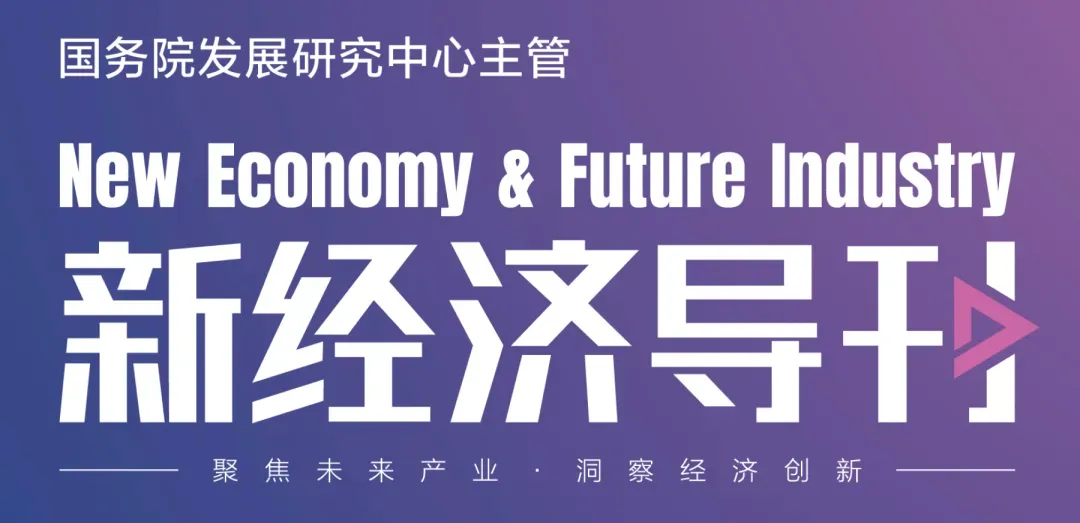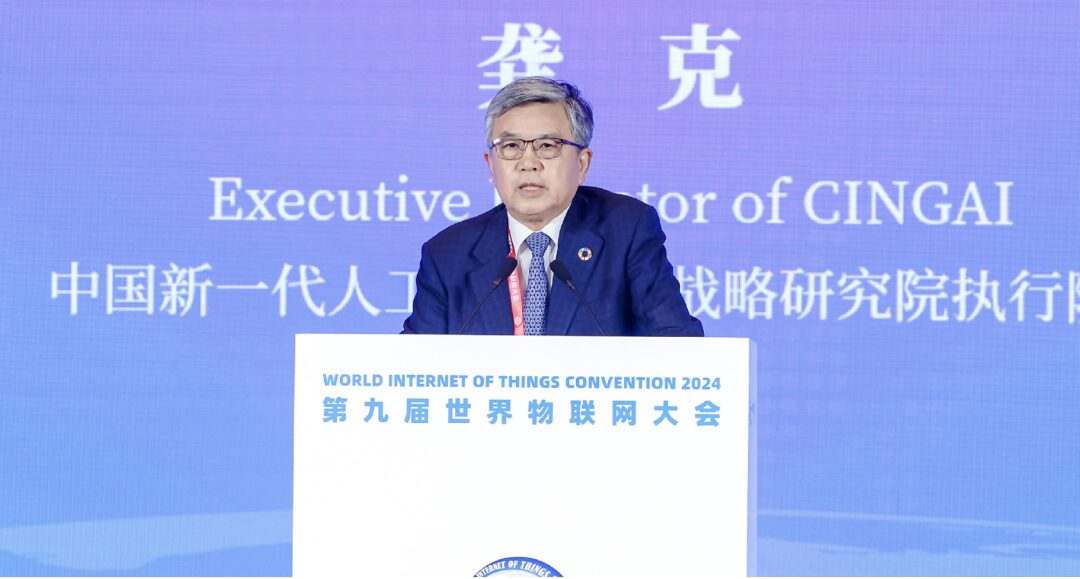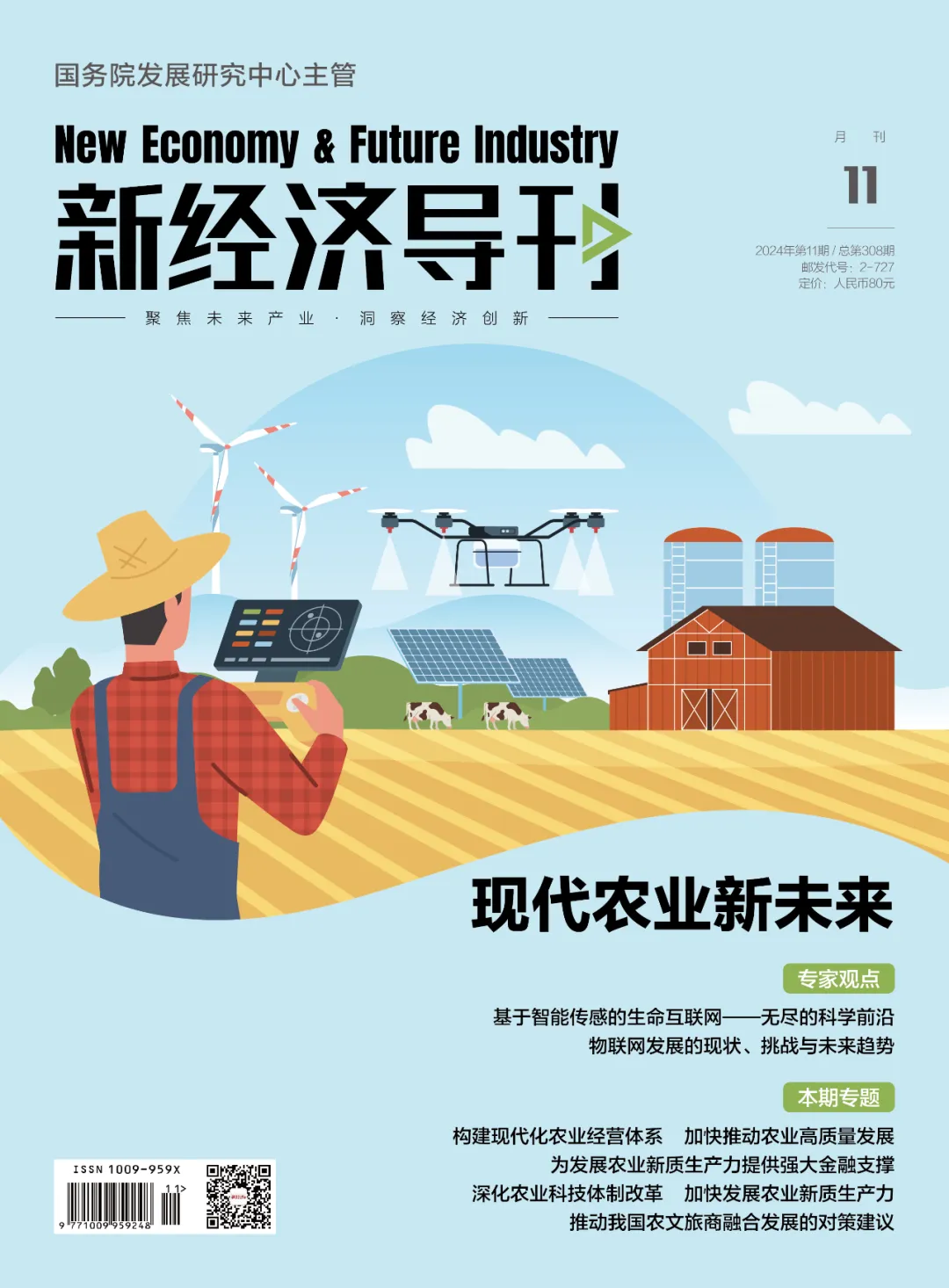
Author: Gong Ke
Abstract: The Internet of Things (IoT), as a significant driving force for global digital transformation, has evolved from sensor technology to a deep integration with 5G and artificial intelligence, and is widely applied across multiple fields. Despite the continuous expansion of its application scenarios, there are still shortcomings in standardization, privacy protection, and network coverage. This article briefly reviews the development history of IoT, summarizes the main challenges it currently faces, and focuses on exploring the future trends of intelligent, secure, and green transformation of IoT, aiming to provide reference directions for related technological research and industrial development.
The Internet of Things (IoT), as an important branch of information technology, has gradually emerged since the 1990s, experiencing multiple technological breakthroughs and industrialization processes. From the early applications of sensor technology to the deep integration of 5G and artificial intelligence (AI), IoT is becoming a crucial driving force for global digital transformation.

Overview of IoT Development
The proposal of the Internet of Things (IoT) concept marks a new stage in the development of global information technology. Although IoT technology can be traced back to the 1990s, the formal proposal of this concept in the international community was made during the “World Summit on the Information Society (WSIS)” held by the International Telecommunication Union (ITU) in November 2005, in the report “ITU Internet Report 2005: Internet of Things”. This report not only clarifies the technical framework of IoT but also emphasizes its strategic role in promoting the global informationization process, marking the internationalization and global promotion of this concept.
Subsequently, the concept and technology of IoT have received widespread attention from governments and enterprises worldwide. In the United States, after President Obama took office, he held a “roundtable meeting” with American business leaders, where the then-CEO of IBM proposed the “Smart Earth” concept, suggesting that the U.S. government increase investment in new-generation smart infrastructure. The core of this concept is to embed sensors in various infrastructures such as power grids, railways, bridges, tunnels, highways, buildings, water supply systems, dams, and oil and gas pipelines to build a seamless, interconnected IoT system. This move not only provided direction for the construction of IoT in the U.S. but also had a profound impact on the development of IoT globally.
IoT has also become part of China’s national strategy. With the introduction of strategic goals such as “Smart China” and “Perceiving China”, China’s IoT industry has entered a rapid development track, providing new momentum and direction for global IoT development. In promoting the development of IoT, China focuses on technological innovation, application demonstration, and industrial collaboration, driving the rapid layout and development of the IoT industry chain.
(1) Continuous Growth and Technological Evolution of IoT
Since 2010, the development of IoT globally has shown a trend of continuous growth. From the perspective of the application development of various networks, IoT has covered personal area networks, local area networks, low-power wide-area networks (LPWAN), wired networks, and other fields, achieving an annual compound growth rate of 11%, continuously advancing with strong momentum and speed. Although this growth rate is slightly lower than the approximately 20% growth rate of the internet during the same period, it still reflects the strong momentum of IoT technology and applications.
The position of IoT in the global information technology system is gradually rising, especially with the widespread application of 5G technology and breakthroughs in low-power wide-area network technology, significantly enhancing the technical support capabilities of IoT. 5G technology promotes the application of IoT in smart cities, autonomous driving, smart healthcare, etc., by providing higher transmission rates and lower latency advantages. Meanwhile, the development of low-power wide-area networks has created conditions for the wide deployment of IoT, especially in scenarios where IoT devices generally require low power and long-distance communication, showcasing its unique advantages.
Additionally, the rise of edge computing has also provided new momentum for IoT applications. With the continuous development of artificial intelligence technology, the integration of edge computing and IoT has promoted the enhancement of IoT data processing capabilities, allowing data to no longer rely solely on cloud computing but to complete preliminary processing and decision-making at the network edge. This trend further strengthens the application value of IoT in terms of real-time, intelligence, and automation.
(2) The Interrelationship Between IoT and Artificial Intelligence
With advancements in sensor technology, particularly the integration of artificial intelligence and IoT, we are entering a new stage of development for intelligent IoT. IoT and artificial intelligence are two core fields of current information technology development, and their development histories are notably contrasting. The history of artificial intelligence can be traced back to the Dartmouth Conference in 1956, where a group of multidisciplinary young people first proposed the concept of “artificial intelligence”, experiencing multiple setbacks over half a century. It was not until 2006 that artificial intelligence welcomed breakthroughs in deep learning algorithms, but its development remained relatively slow. Until 2012, with the combination of big data and deep learning algorithms, a new breakthrough in artificial intelligence was achieved, and in 2014, it quickly entered the practical application stage, especially achieving significant results in fields such as image recognition and speech recognition. In recent years, thanks to semantic vectors, self-attention mechanisms, and ultra-large parameter models, generative artificial intelligence has made rapid progress.
At the same time, IoT has also been developing steadily and rapidly. Although the technology of IoT started slightly later, it has benefited from the cross-integration of information technology, communication technology, sensor technology, and other fields, achieving significant breakthroughs in application scenarios in just a few years. Especially with the deep integration of technologies such as 5G and artificial intelligence, IoT is gradually evolving from a simple “sensing + communication” technology system to a system with intelligent and automated capabilities, opening a new era in fields such as smart cities, intelligent manufacturing, and automated transportation.
Therefore, the development of IoT and artificial intelligence is not independent of each other, but rather complementary, jointly promoting technological innovation and application expansion. Artificial intelligence provides intelligent decision-making and data processing capabilities for IoT, while IoT offers a broader data source and application scenarios for artificial intelligence, with their integration giving rise to the new development direction of intelligent IoT.
Future Trends of IoT Development: Intelligent, Secure, Controllable, Green
As IoT technology gradually matures, it is about to enter a new development stage. In the future, IoT will no longer be a single technology system but will integrate cutting-edge technologies such as artificial intelligence, big data, and cloud computing, forming a highly intelligent and collaborative comprehensive system. This article believes that the future of IoT will start from four important directions: intelligent, information security, autonomous controllability, and green transformation.
(1) Intelligent IoT: Deep Integration of Artificial Intelligence and IoT
Intelligence is one of the core trends in the future development of IoT. The relationship between IoT and artificial intelligence presents a two-way interaction: on one hand, IoT provides the data foundation required by artificial intelligence; on the other hand, artificial intelligence empowers IoT, enabling it to possess stronger intelligent processing capabilities. IoT is a network for data collection and transmission, involving a large number of sensing devices, sensors, and nodes, relying on their accuracy, real-time, and comprehensiveness to provide data support for artificial intelligence. The performance of IoT devices directly affects the quality of data that artificial intelligence systems can obtain, thus the improvement and development of IoT provide a solid foundation for the application of artificial intelligence. The introduction of artificial intelligence technology can effectively solve some bottlenecks currently faced by IoT. Through intelligent data processing, device control and maintenance, as well as intelligent resource scheduling and configuration, artificial intelligence can enhance the intelligent level of IoT systems, making them more effective, precise, and timely in reflecting changes in the objective world. Furthermore, the universal connection of IoT is also the interconnectivity between artificial intelligence systems and applications, which can form a vast collective intelligence system.
(2) Information Security and Privacy Protection: Ensuring the Security of IoT
To enhance the security of IoT, it is first necessary to build a more complete encryption mechanism and data desensitization technology. Through intelligent technological means, IoT can achieve efficient encryption during data transmission, storage, and access, protecting data from unauthorized access and tampering. In addition, security measures such as node authentication and access control should also be further strengthened to ensure that the identity authentication of devices and users within the IoT system is stricter, improving the overall protective capabilities of the system. The introduction of intelligent technology can not only strengthen the security protection of IoT systems but also monitor potential security risks in real-time, quickly identifying and responding to possible security threats. This “intelligent security protection” will be the guarantee for the sustainable development of IoT in the future.
(3) Autonomous Controllable Information Technology: Innovation and Industrial Chain Assurance
In the context of profound changes in the global political and economic landscape, the issue of autonomous controllability of information technology has become particularly prominent, especially in core technology fields such as chips and operating systems, where the instability of the global supply chain and trade protectionism pose significant challenges to the independent development of IoT technology. Therefore, building an autonomous controllable technical system has become a necessary measure to promote the development of IoT. A key task in this area for China is to promote the construction of autonomous chips, operating systems, and software-hardware ecosystems. For example, domestic Haiguang chips and Feiteng chips are gradually gaining the ability to compete with international counterparts, but achieving full-chain autonomy from hardware to software, especially forming industrial forms, still faces many challenges. How to promote innovative applications of IoT on the basis of ensuring security and building applications on autonomous controllable chips and operating systems is a pressing issue that needs to be addressed.
Developing autonomous controllable IoT technology is not only to meet the security needs of the domestic market but also to promote the international application of China’s intelligent IoT technology. Through technological innovation and the accumulation of independent intellectual property rights, China is expected to occupy a leading position in the IoT field, bringing China’s intelligent IoT technology, systems, products, and services to the world, contributing to global sustainable development.
(4) Green Transformation: IoT Assisting Sustainable Development
Sustainable development is the only choice related to human survival and development. With the continuous enhancement of global environmental awareness, IoT will play an important role in green transformation. The core goal of a green IoT is to promote efficient resource utilization, environmental protection, and ecological restoration through IoT technology, achieving a dual transformation of digitalization and greening. IoT plays a significant role in energy management and environmental protection. In smart grids and energy monitoring, IoT achieves energy savings and reasonable allocation by real-time data collection and analysis as well as efficient resource scheduling. Meanwhile, IoT can optimize environmental monitoring and pollution prevention, protecting the green environment. Through intelligent waste classification and recycling systems, it promotes efficient resource circulation, reduces environmental burdens, and monitors waste conditions in real-time, further advancing the development of a green economy.
As an important component of information technology in the new era, IoT is ushering in unprecedented development opportunities. With continuous technological advancements, IoT is expected to achieve new breakthroughs in intelligence, security, and greening across various fields. In the future, IoT will not only promote the digital transformation of industries but also contribute to global sustainable development. However, to achieve this goal, the challenges faced by IoT in technology, standardization, and security must be addressed urgently. Through technological innovation, policy support, and industrial collaboration, IoT is expected to become an important force in promoting global informationization and sustainable development.
(The author is the former president of the World Federation of Engineering Organizations and the executive director of the China New Generation Artificial Intelligence Strategic Research Institute. This article is based on his speech at the 2024 (9th) World Internet of Things Conference, slightly edited and confirmed by him)
This article is excerpted from the “New Economy Guide” 2024 Issue 11, “Current Status, Challenges, and Future Trends of IoT Development”, with some omissions.

The “New Economy Guide” is a national-level authoritative journal supervised by the Development Research Center of the State Council, aimed at gaining insights into economic changes and innovation trends, focusing on new technologies, new industries, new business formats, new models, new scenarios, new management, and innovation and entrepreneurship, transformation and upgrading, etc., focusing on future industrial development. It is a source journal for the comprehensive evaluation database of Chinese academic journals, a source journal for the Scientific Citation Database (SCD), and an extended journal for A-category humanities and social sciences in China, and an online journal on CNKI Chinese Knowledge Network.
Subscription phone: 010-68353229 68990699 (Distribution Department: Liu Yuling)
Editorial office phone: 010-68353228
Contact address: 22 Ronghua Middle Road, Economic and Technological Development Zone, Beijing, Yicheng Wealth Center, Building 1, 7th Floor
